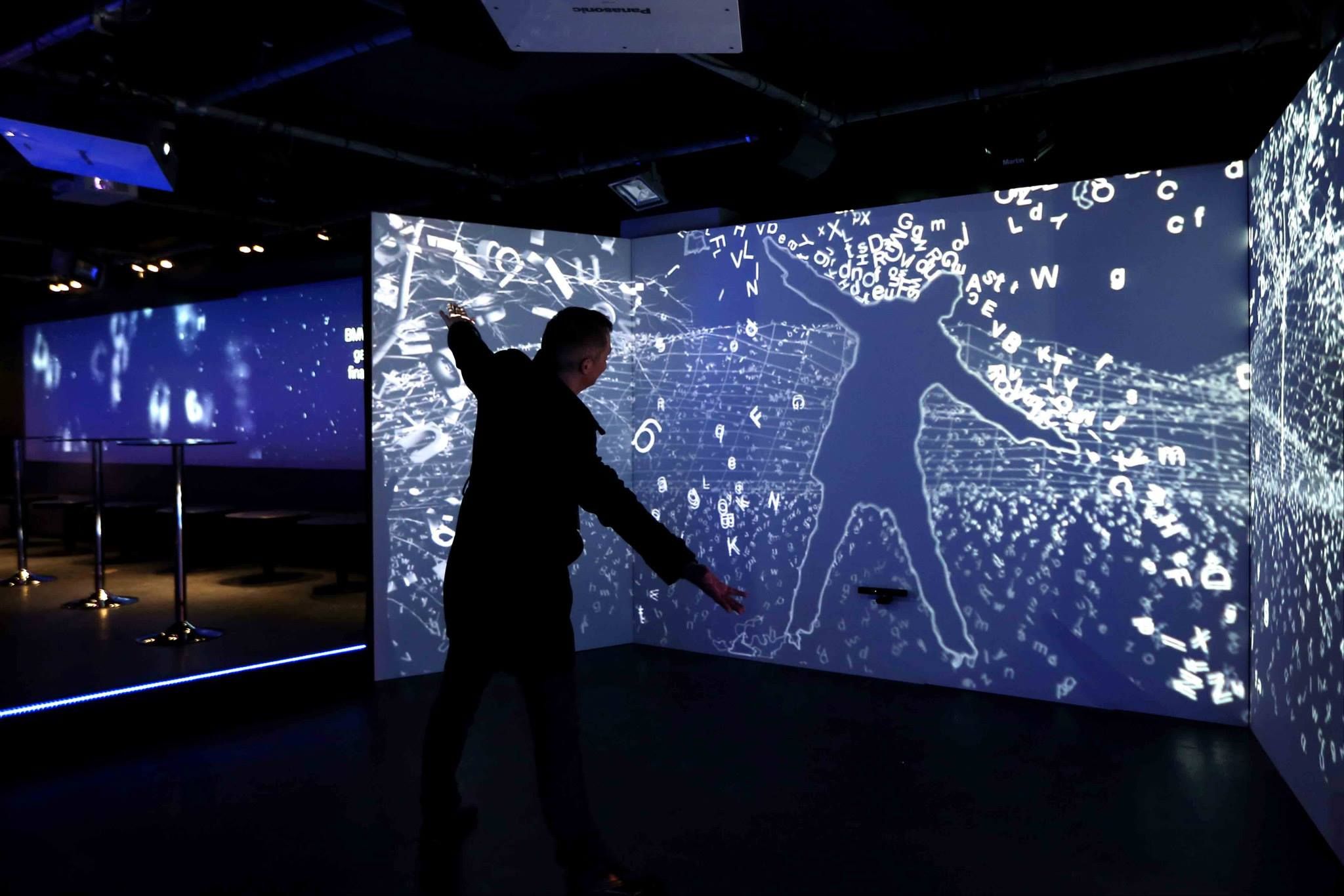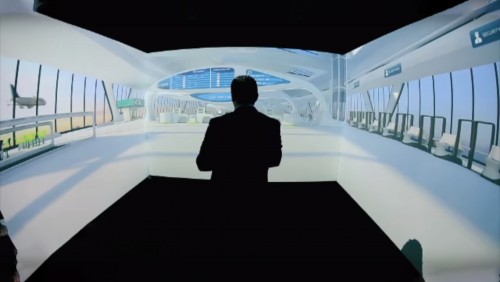Exploring the Frontier of Interactive Projection Mapping Technology

Understanding Interactive Projection Mapping
Interactive projection mapping involves the projection of digital imagery onto physical surfaces such as buildings, sculptures, or stages, transforming them into dynamic displays. Unlike traditional projection mapping, interactive mapping responds to user input or environmental cues, making the experience participatory and responsive.
Technical Foundations and Innovations
The technology behind interactive projection mapping integrates advanced sensors, real-time tracking systems, and sophisticated software algorithms. These components enable precise alignment of digital content with physical surfaces, ensuring seamless interaction and accurate responsiveness to user actions.
Applications Across Industries
From art installations and live performances to marketing campaigns and educational exhibits, interactive projection mapping has found diverse applications. Artists, designers, and businesses utilize this technology to captivate audiences, convey messages creatively, and enhance brand engagement through memorable experiences.
Challenges and Considerations
Despite its transformative potential, interactive projection mapping faces challenges such as environmental conditions affecting projection quality, the complexity of integrating interactive elements, and the need for skilled technicians to implement and maintain systems. Addressing these challenges is crucial for maximizing the technology's effectiveness and reliability.
Conclusion
Interactive projection mapping technology represents a revolutionary approach to merging digital content with physical spaces, offering boundless opportunities for creativity and engagement across various sectors. As advancements continue to refine its capabilities and address technical challenges, interactive projection mapping is poised to redefine how we perceive and interact with our surroundings, unlocking new dimensions of immersive storytelling and user experience design.







 Call
Call
 Mail
Mail